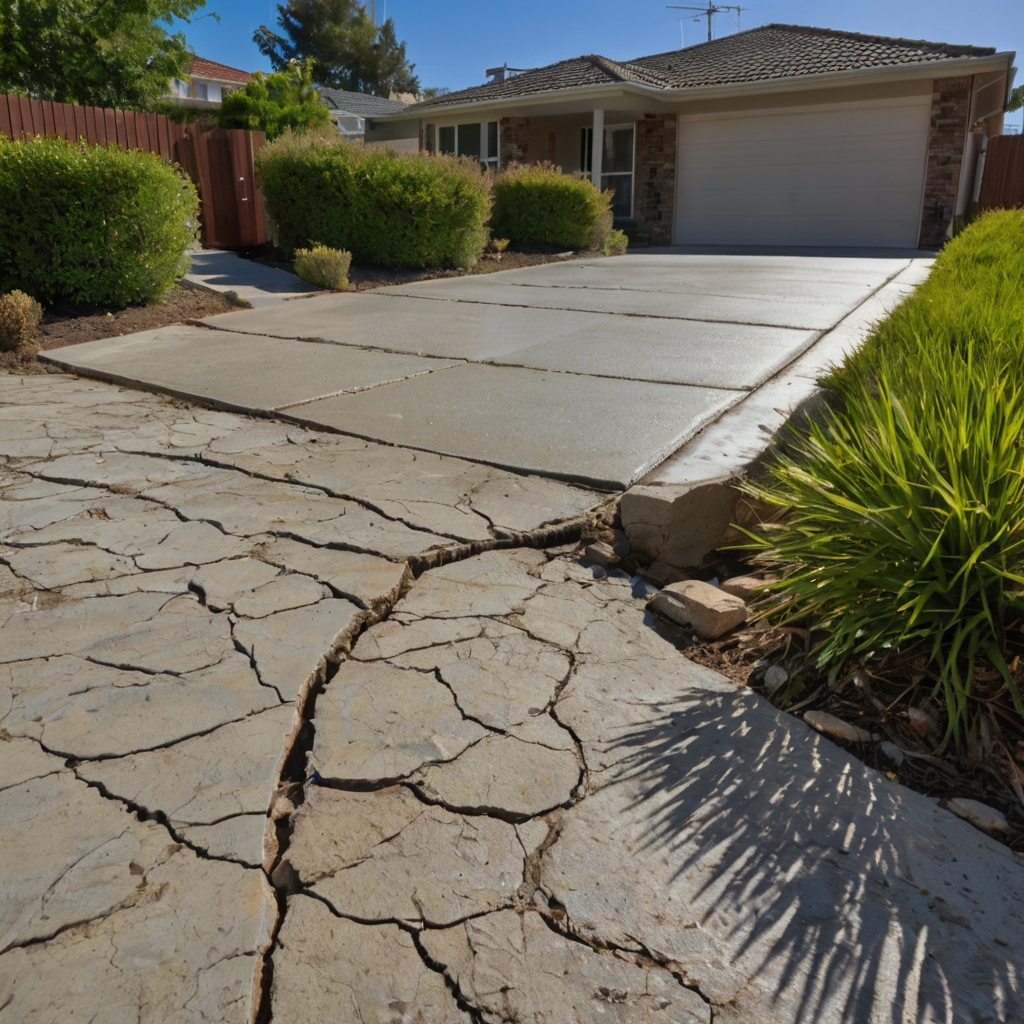
Pavement Inspection and Assessment: Identifying Potential Problems
Pavement Inspection and Assessment: Identifying Potential Problems
Regular pavement inspections are crucial for maintaining the integrity and longevity of your paved surfaces. Early detection of potential issues can prevent costly repairs and ensure the safety of drivers and pedestrians. At Paving Stone of Alabama, we recognize the importance of comprehensive pavement assessment for all surface types. This blog post will highlight the importance of regular pavement inspections to identify potential issues early on, discussing different inspection methods and techniques, such as visual inspections, pavement testing, and data analysis.
The Importance of Regular Inspections: Proactive Care for Pavement
Preventing Costly Repairs and Ensuring Safety

Early Detection of Damage:
Regular inspections allow for early detection of cracks, potholes, and other surface defects.
Addressing minor issues promptly prevents them from escalating into major problems.
Extended Pavement Lifespan:
Inspections help identify areas requiring preventative maintenance, extending the overall lifespan of the pavement.
Proactive upkeep minimizes the need for costly reconstruction.
Enhanced Safety:
Inspections identify safety hazards, such as uneven surfaces or drainage issues, ensuring a safe environment for drivers and pedestrians.
Regular assessments help prevent accidents and reduce liability.
Optimized Maintenance Planning:
Inspections provide valuable data for maintenance planning and budgeting.
Accurate assessments help prioritize repairs and allocate resources effectively.
Improved Performance:
Inspections help identify performance issues, such as rutting or raveling, ensuring smooth and efficient traffic flow.
Inspection Methods and Techniques: Comprehensive Assessment
Tools and Techniques for Effective Evaluation
Visual Inspections:
A basic but essential method for identifying surface defects, such as cracks, potholes, and raveling.
Involves walking or driving along the pavement surface and visually assessing its condition.
Documenting findings with photographs and detailed notes.
Pavement Testing:
Falling Weight Deflectometer (FWD): Measures pavement deflection under a simulated traffic load, providing data on pavement structural capacity.
Ground Penetrating Radar (GPR): Uses radar waves to assess subsurface pavement layers and identify voids or moisture issues.
Core Sampling: Extracting core samples of the pavement to analyze material properties and layer thicknesses.
Profilograph Testing: Measures pavement roughness and ride quality.
Data Analysis:
Pavement Condition Index (PCI): A numerical rating system that assesses the overall condition of the pavement based on visual inspections and testing data.
Geographic Information Systems (GIS): Using GIS to map and analyze pavement condition data, identifying trends and patterns.
Data Logging: Using digital tools to log and analyze pavement conditions over time.
Specific Inspection Focus Areas: Targeted Assessment

Areas Requiring Particular Attention
Cracks:
Identify the type, severity, and extent of cracking.
Assess the potential for water infiltration and further damage.
Potholes:
Measure the size and depth of potholes.
Determine the cause of pothole formation.
Drainage:
Inspect drainage systems, such as gutters, drains, and culverts, for obstructions or damage.
Assess the effectiveness of surface and subsurface drainage.
Surface Condition:
Evaluate the condition of the pavement surface, including raveling, rutting, and surface deterioration.
Assess the skid resistance and ride quality of the pavement.
Shoulders and Edges:
Inspect shoulders and pavement edges for erosion, instability, and vegetation growth.
Assess the condition of edge restraints and pavement markings.
The Importance of Professional Inspections: Ensuring Accurate Assessments
Expert Evaluation for Informed Decisions
Qualified Inspectors:
Hire certified pavement inspectors with experience in assessing pavement conditions.
Ensure that inspectors are trained in the use of various inspection methods and techniques.
Accurate Data Collection:
Use calibrated equipment and standardized procedures to ensure accurate data collection.
Maintain detailed records of inspection findings.
Comprehensive Reporting:
Prepare comprehensive reports that summarize inspection findings and provide recommendations for maintenance and repairs.
Ensure that reports are clear, concise, and easy to understand.
By implementing regular pavement inspections and assessments, you can identify potential problems early on and ensure the longevity and safety of your paved surfaces.
Contact us today for a consultation, we will be happy to help you find the correct solution for your pavement needs. Visit our website at paversalabama.com or call us at (256) 457-3026 to schedule an appointment.

